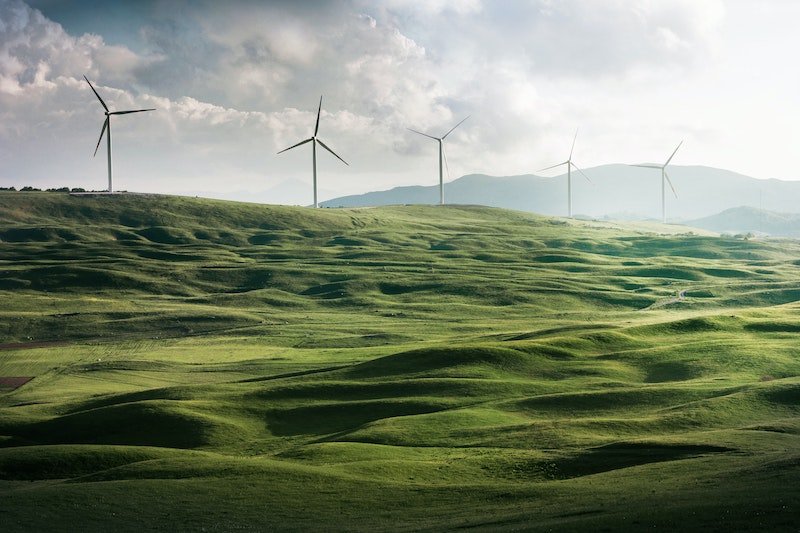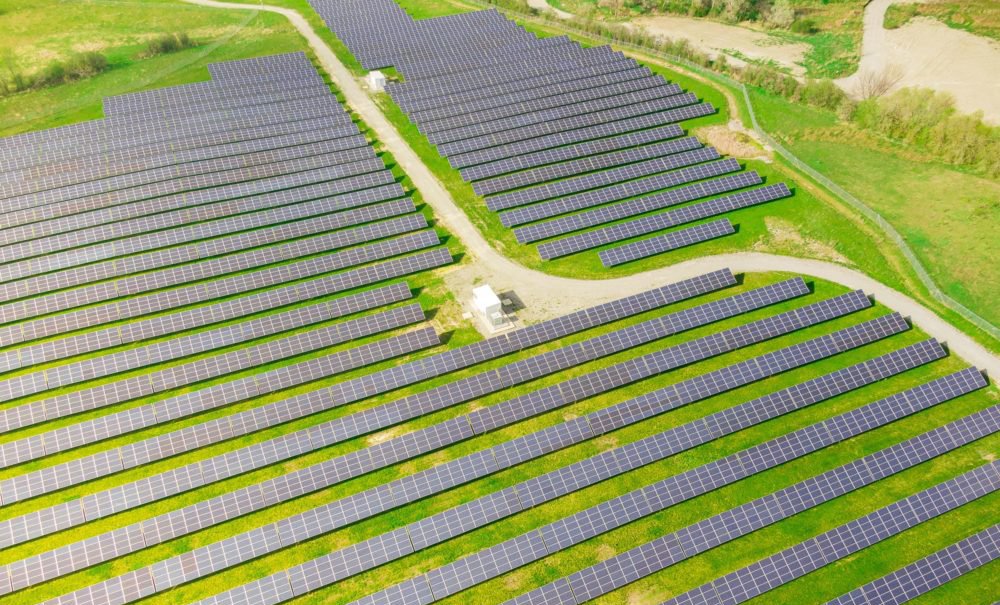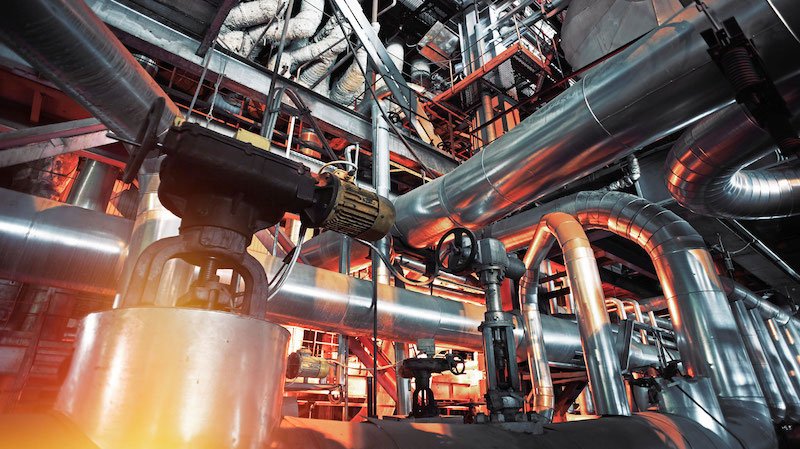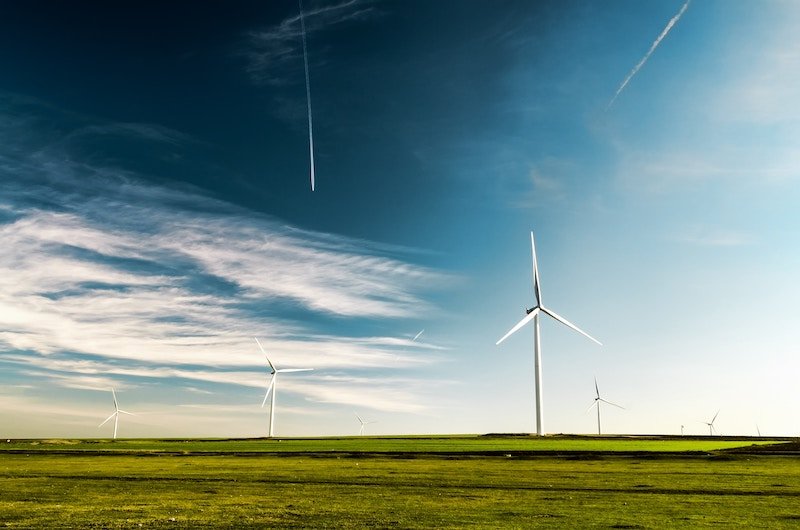Myths of the incumbency
Change is never easy. However, as the costs of renewables fall, so they break through one barrier to change after the next.
First the technology barrier, then the cost barrier, and now they face the barriers of incumbency and inertia. It is clearly easier to overcome these barriers in the 80% of the world that import fossil fuels than in the 10% of the world living in petrostates.
We have collated over 100 incumbent myths, ranging from obviously fake arguments (e.g. wind turbines disturb the sleep pattern of worms) to issues that have long been solved (e.g. solar is expensive) to issues that will need solutions at some stage but are no impediment to the energy transition today (e.g. oil for flying).
Costs break through barriers to change
Chart source: Carbon Tracker
There are four key questions you should ask those who question the feasibility of an energy transition:
1. Who is making the argument? A lot of the naysayers make money from business as usual.
2. What is the cost of no action? Change requires capital, but no change may well require more both to maintain the current system and to pay for the costs it imposes on society.
3. Is the barrier to change really impossible to overcome? The last couple of decades is littered with the failed reports of incumbents telling us that change was not possible for one reason or another. For example, the grid operators of both Ireland and Germany 15 years ago used to argue that solar and wind could never exceed more than 5% of the electricity system; they are now over 30% as solutions have been found.
4. Is the barrier to change a problem for this decade or an endgame problem that needs solving, but can be solved later? This transition, like any other, takes place in stages. There will inevitably be some sectors and countries (electricity, light transport, energy importers) which will move first, and others (heavy transport, heavy industry, petrostates) that will move later.
Key Reports
The new energy transition: History is
bunk
The orthodox view of the energy transition is that it will be long and slow and have limited impact on the incumbents. However, the issue for investors is not how long it takes to go from 80% market share to zero. By the time you get to zero it is obviously too late to sell, so the real issue is when do you reach a peak. The reality for investors is that technology transitions happen rapidly and incumbents rarely survive them.
The IEA Calls Time on the Fossil Fuel Era
For many years, the IEA failed to understand or model the exponential growth of new energy technologies. In 2021 they changed their approach and started to incorporate this core driver. The result was a recognition of peaking fossil fuel demand and a disruptive decade in the 2020s.
Mineral constraints for transition overstated by IEA
The IEA argues that new energy technologies require large amounts of minerals. Whilst this is of course true, we demonstrate that they require far less material than fossil fuel technologies because renewables are used for decades whilst fossil fuels are burnt only once. Electricity from coal for example requires 2,000 times as much material as electricity from solar.
The Decline Rate Delusion
Incumbents like to argue that decline rates necessitate high prices and continuous expansion. However, the world has plenty of oil, and decline rates can be managed. As the IEA noted, no new oil and gas fields are needed under the Paris Agreement.
Myths of the transition: Hard-to-abate sectors prevent an energy transition
Incumbents like to argue that the hard to solve sectors like petchem or flying will stop the energy transition. In reality, these sectors represent only 20% of primary energy demand, and can be solved at the end of the energy transition. They are no barrier to peaking fossil fuel demand in the system as a whole.
Myths of the transition: The intermittency of renewables prevents an energy transition
Incumbents like to argue that the intermittency of solar and wind will prevent an energy transition. The reality is that the tipping point for peak in demand for fossil fuels in electricity is reached long before you reach the limits to renewable deployment. And over time, the ceiling of the possible of deployment of solar and wind keeps rising as the result of better forecasting, demand side management, supply side management, batteries and so on. Whilst the world as a whole has only 10% solar and wind today, countries and regions like Denmark, South Australia or Ireland have exceeded 50% variable renewables and are already planning for 100%.
Myths of the transition: Renewables are too small to matter
Incumbents like to argue that renewables are too small to matter. The reality is that disruption for the incumbents comes when challenges get to a market share of around 3%. Which is where we are now.
Consensus energy forecasts: Why they
are wrong
Incumbents like to argue that solar and wind growth will be linear because costs are high. In reality, costs are low and falling on learning curves, and growth is exponential. The gap between linear and exponential growth makes all the difference.
Useful links
We have identified over 100 myths of the energy transition, and put them into 8 categories, from arguments based on cost to fake arguments and false solutions. Some arguments are of course valid and require detailed analysis; others are more frivolous. We set out below some links to specialist pieces relevant to some specific areas where we frequently get questions. We focus on hard to solve sectors, intermittency, and justice and then a few general issues.







